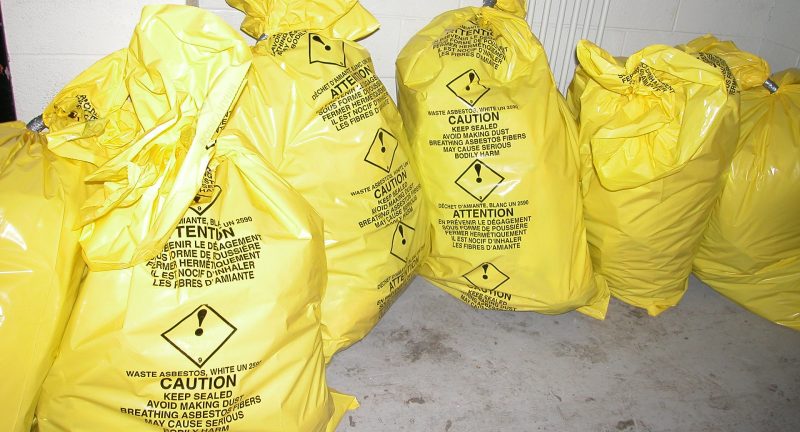
Written by Sean Douglas, Practice Leader – Hazardous Materials at Pinchin Ltd.
On July 12th, 2017 the Government of Canada amended the Canada Labour Code and resulting occupational health and safety regulations in regard to asbestos. Given the lack of federal guidance in the past, those of you that currently follow the local provincial regulations on asbestos will feel minimal impact from these new regulations, but for those of you that often find themselves on a work site under federal jurisdiction, you have an obligation to comply with these new changes.
To save you some time and frustration, I’ve outlined below my top 5 changes to the federal regulations on Asbestos. For further details on these amendments, read my full Technical Bulletin No. 01-2017
1. Lowering The Bar
The Occupational Exposure Limit (OEL) for all forms of airborne asbestos fibre has been lowered and must not exceed 0.1 fibre per cubic centimetre, previously the limit was 1 fibre per cubic centimetre.
2. A Clear Definition
The amended regulation has finally defined an Asbestos-Containing Material (ACM) as 1% by weight, which is still notably higher than many provincial jurisdictions. The regulation has also provided definitions for work classification – low-risk, moderate-risk & high-risk.
3. Start With A Plan
An Asbestos Exposure Management Program is now required when asbestos-containing material is disturbed and where there is the potential for a release of asbestos fibre. The program includes obligations for a hazard investigation to be carried out by a qualified person.
4. Something’s In The Air
Daily air sample collection in the vicinity of the containment, in the clean room and inside the containment (as necessary) are now required. The minimum number of air samples ranges from two to five samples depending on the size of the work area.
5. Federal vs Provincial
Regulations apply to the work site and not the buildings. If a federal employer is a tenant in a provincially regulated building (such as an office building), the federal regulations must be followed. But if there are provincially regulated contractors working at a federal work site, the contractors will comply with provincial regulations. Coordination between federal and provincial employers will be necessary.
Since the regulation changes contain sections that are unclear when translated into the real world, we believe that there will be some additional clarifications to the amendment in the months to come.
If you’d like more information about the Amendments to the Federal Regulations of Asbestos, I encourage you to visit the Government of Canada website page on the matter or feel free to reach out to me if you need assistance via my email address: sdouglas@pinchin.com.
If you’d like to be added to our mailing list and be made aware of additional regulation changes or be notified about any of our upcoming complimentary breakfast seminars or courses being held across Canada, sign up to our “What’s New” monthly emails. There is no obligations, and you can unsubscribe at any time.